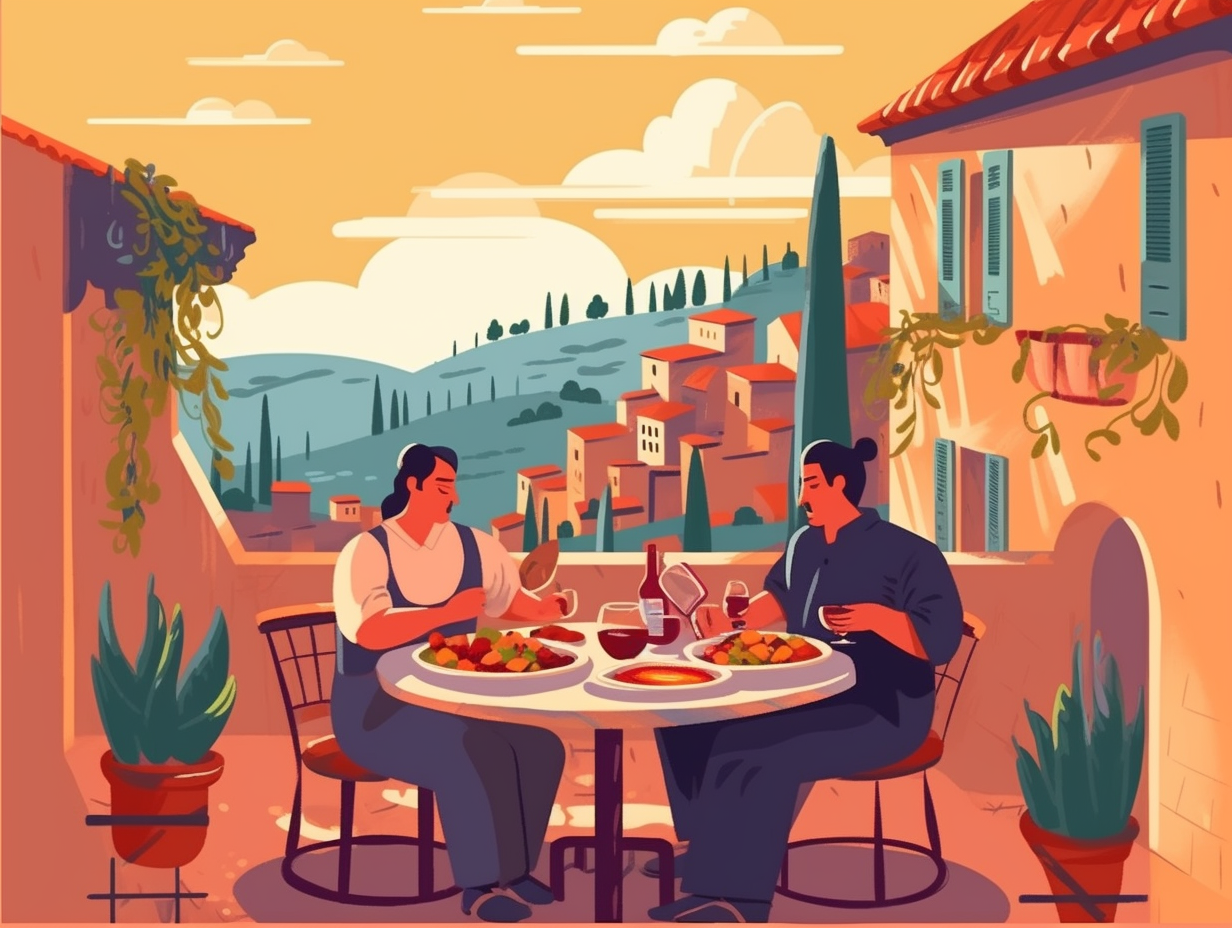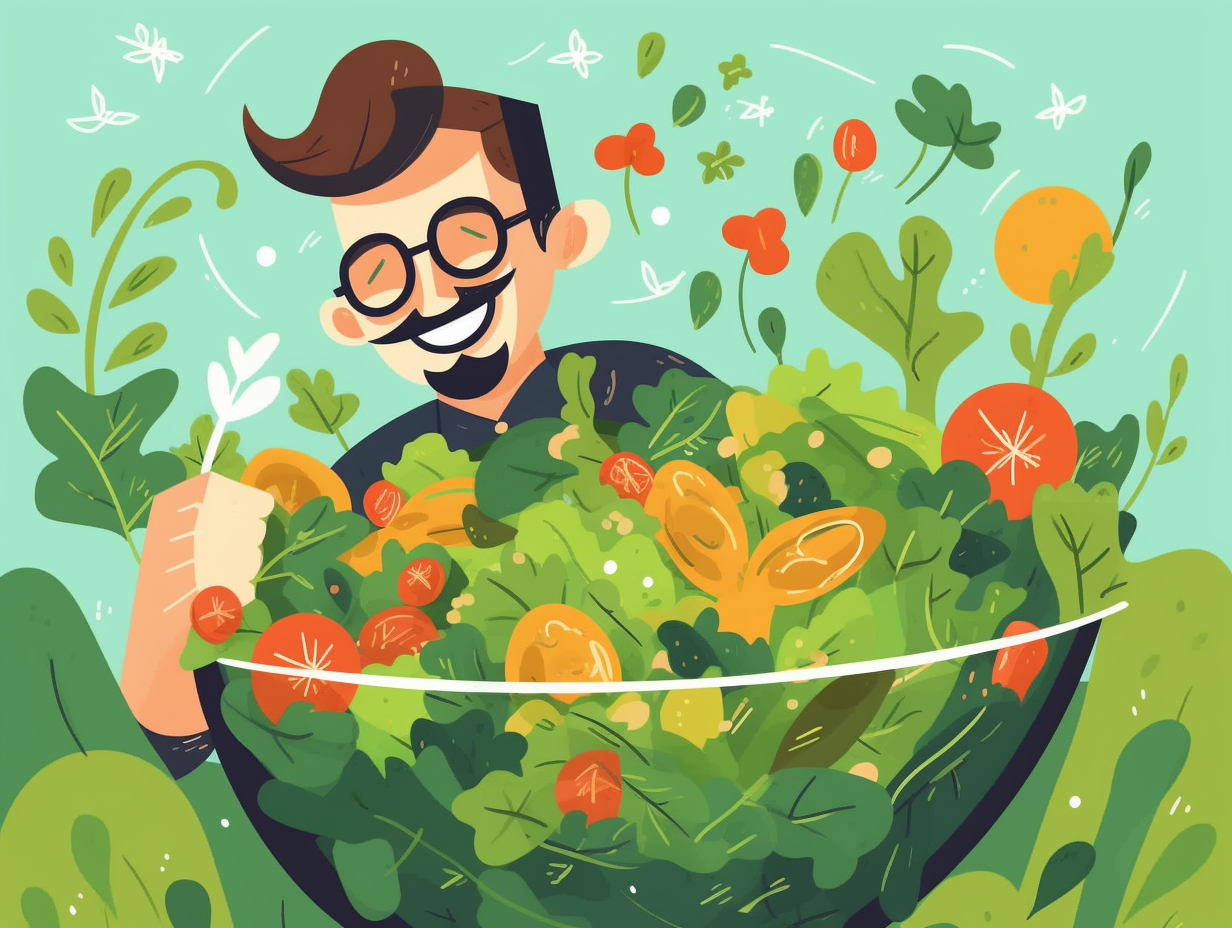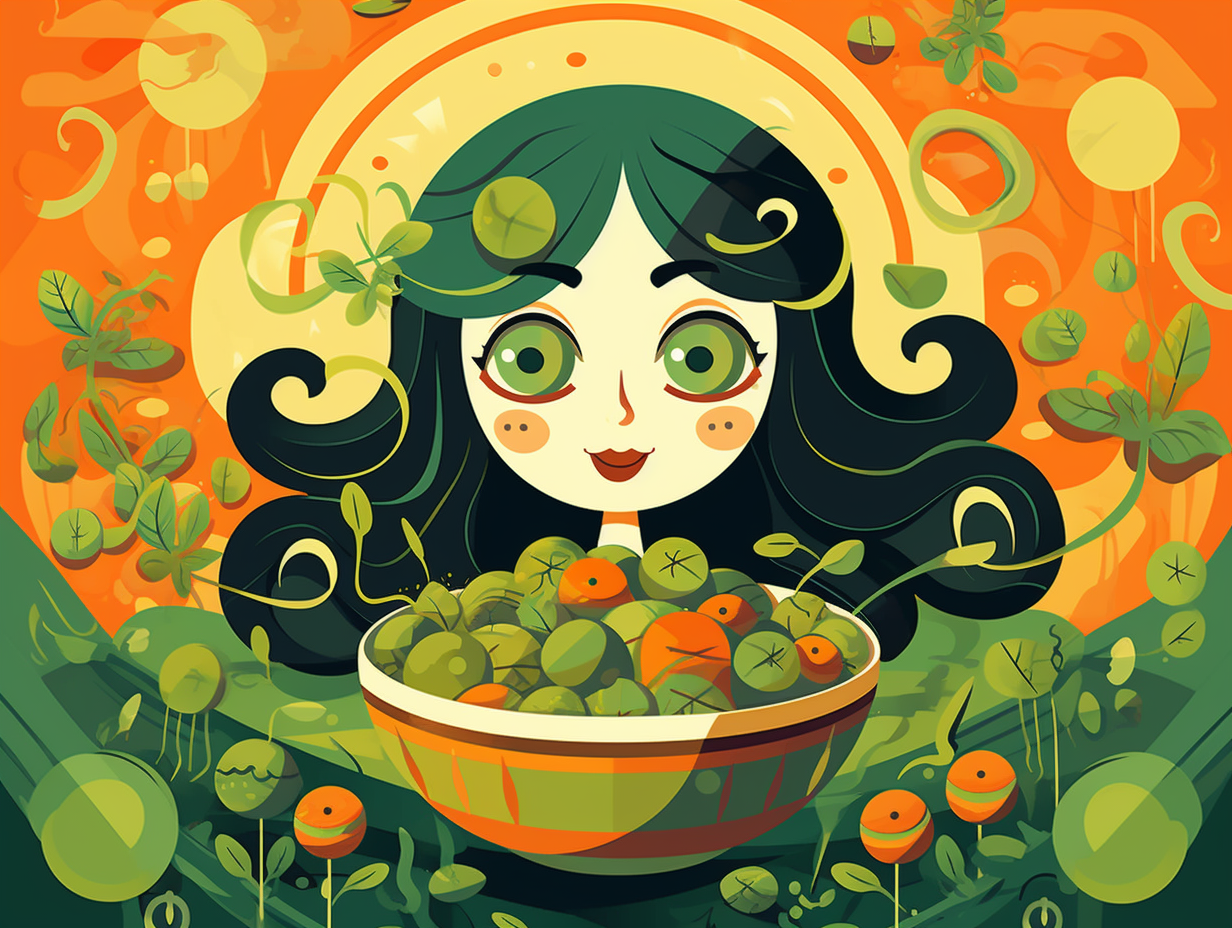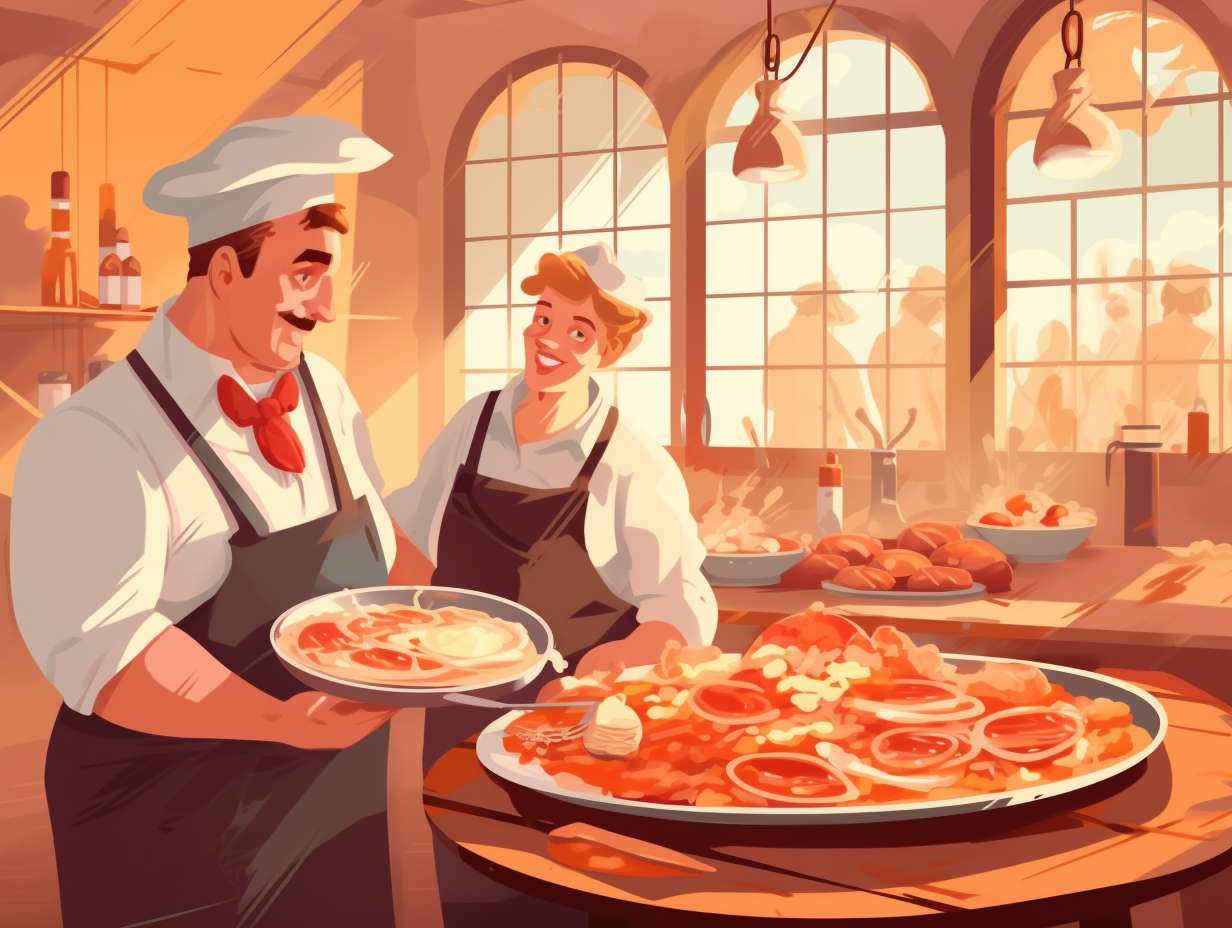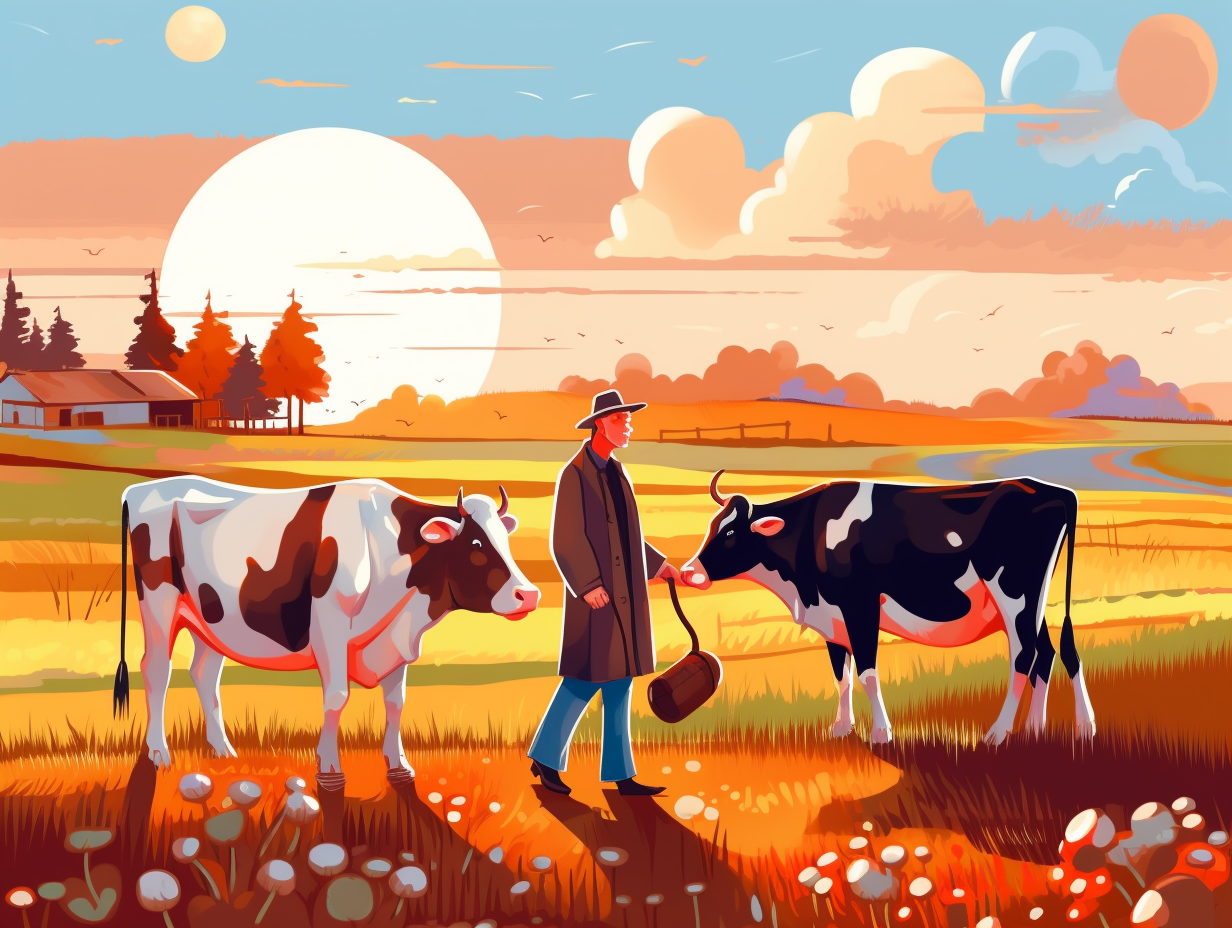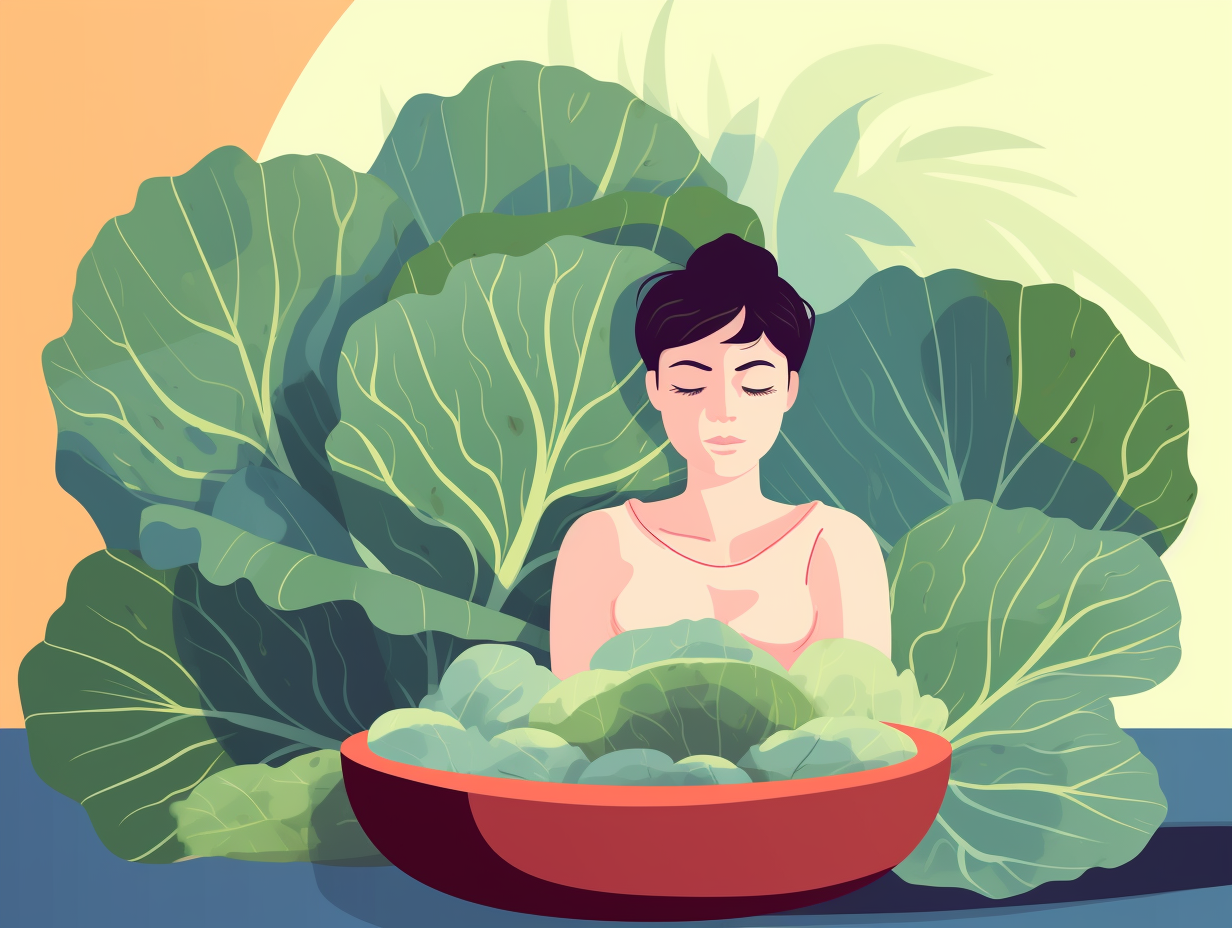Discover the Flavors of Paris: Top 11 Fun Facts About French Food You'll Love

1. Snail Racing: The Slow Escargot Treat
Much to the disappointment of speed lovers, France's snail racing scene remains surprisingly sluggish: a true gastronomic delight, escargot is prepared using three edible species - the European Garden Snail, the Turkish snail, and the Roman or Burgundy snail - which are handpicked by experienced harvesters near the Alps during fall and early winter, before being taken through a meticulous inspection and washing process, and finally cooked in a delicious broth to achieve that classic French culinary excellence.
Source => caviarstar.com
2. French Delicacy: Brains on the Menu
Hungry for some mind-blowing cuisine? Brains are on the menu in various countries, with France taking the cake (or should we say, cranium) for its deliciously daring dishes: Beef brains, or cervelle de veau, are a French delicacy sauteed with beurre noir, capers, or scrambled eggs, and sometimes served with tongue. Despite concerns surrounding mad-cow disease, this cerebral delight continues to make a bold appearance in traditional French cuisine. Bon appétit!
Source => en.wikipedia.org

Discover the world's oldest cheese found in an Egyptian tomb! Made from cow's milk in 1200 BCE, its taste would shock even blue cheese lovers today. 🧀🔍
=> Fun Facts about Cheese
3. Onions: The Pungent Currency of Old
Forget Bitcoin and cold hard cash, onions were the tear-jerking currency of choice in days gone by: During the Middle Ages, Europeans exchanged these pungent pearls for rent and gifts, while in Siberia, they remained a valid form of currency up until the mid-18th century, and the ancient Egyptians utilized onions as part of their burials, hoping the aroma would help waft the deceased into a living state once more.
Source => britishonions.co.uk
4. Cheese Regulations: France's Curd Iron Fist
In a land where cheese rules with an iron curd, the French don't just cut the cheese – they regulate it: The country's beloved fromage falls into eight categories and bears distinguished titles like Appellation d'origine contrôlée (AOC), Label Régional (LR), or Protected Geographic Indication (PGI), with an estimated 1,000 to 1,600 unique varieties under production.
Source => en.wikipedia.org

5. Quiche Lorraine's Germanic Roots
Calling all Francophiles, let's turn your world upside down, just like how Remy from Ratatouille flipped a simple rat's way of living: Contrary to every cheese-loving bone in your body, Quiche Lorraine isn't entirely French! Here's the shocking revelation: This creamy, cheesy delight actually hails from the Germanic medieval kingdom of Lothringen, started its life as "Kuchen," and only became the ooey-gooey Quiche Lorraine after the French added fromage to it before sending it on a culinary conquest across continents.
Source => ateliermonnier.com
6. Baguette Bonanza: French Staple by the Billions
Who needs dough therapy when you have French baguettes to knead your soul: The average person in France devours one of these crusty comfort sticks every two days, adding up to a whopping 30.5% of the country's annual bread consumption and a mind-baking six to ten billion baguettes sold each year, earning this beloved loaf a rightful place as a World Heritage-recognized symbol of French culture.
Source => lincolnlionsroar.com
7. Croissant Origins: A Tale of Two Countries
Hold your horses, Marie Antoinette: the croissant crown does not belong to you! In a plot twist worthy of a puff pastry, the origins of this beloved buttery indulgence can be traced back to 13th century Austria, not France: The creation of croissants we all love to munch on was thanks to Austrian artillery officer August Zang's Viennese bakery in Paris, with the puffed pastry invention by French bakers following suit. So, next time you see a straight croissant, know it's filled with buttery goodness, while the curved ones are mere margarine mortals of the pastry world.
Source => sacreblue.org
8. Mayonnaise: France's Creamiest Hero
Who needs fancy creams when mayonnaise can save the day? Enter France's creamiest hero, swooping in to steal the show at victorious feasts: Mayonnaise was originally created in 1756 as a substitute for cream in a sauce during a victory feast and later perfected by Marie-Antoinette Carême, who introduced a technique of blending vegetable oil and egg yolks. This delightful mix made its way to America in the 19th century, becoming a household staple thanks to Richard Hellman's finger-lickin' recipe spiced with vinegar, sugar, salt, and secret ingredients.
Source => cheflerfoods.com
9. Brittany Galettes: Fashionably Buckwheat Crêpes
Summoning their inner Coco Chanel, those stylish French chefs broke the mold and swapped some ingredients for their fancy flapjacks: Galettes from Bretagne (or Brittany, for us anglophones) are actually made from buckwheat flour and not regular all-purpose flour, giving these crêpes a savory twist!
Source => wellplated.com

10. The Glorious French Cheese Universe
In France, cheese is the apple of their eye, the pièce de résistance, if you will: The country boasts the production of over 1,000 different varieties of cheese, including favorites like Brie, Roquefort, Camembert, and Comté, often enjoyed post-dinner with bread and wine as a classic French custom, all under the watchful eye of the government to ensure top-notch quality and standards.
Source => britannica.com
11. Kugelhopf Cake: European Crusty Adventures
Feeling crusty? Why not let your baked goods go on a European adventure through the mystical realms of Alsace, sponging up more culture than your average cake: Kugelhopf, a traditional cake originating from the Alsace region of France, enjoys Christmas family reunions across Southern Germany, Switzerland, and Austria as well. Often baked in its own special ceramic mold, this Alsatian delicacy prefers to stay on the dry side, compared to its moist and spongy counterparts, ultimately dunking into morning coffee like a champ.
Source => frenchmoments.eu
Related Fun Facts

